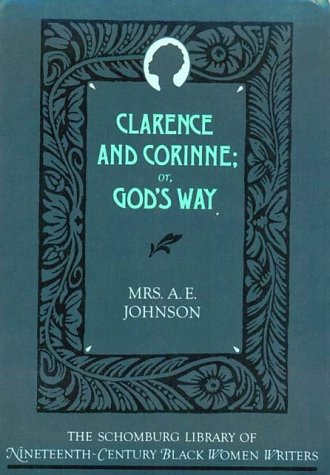The Schomburg Library of Nineteenth-Century Black Women Writers
3 total works
Published in 1890, this novel reflects the social reform ideology of the US women's movement in the late nineteenth century. Its theme is the destructive effect of the 'demon' alcohol on the family. The Baptist Messenger, a black religious publication, called it `one of the silent, yet powerful agents at work to break down unreasonable prejudice, which is a hindrance to both races.'
When first published by the American Baptist Publication Society in 1894, The Hazeley Family was advertised as `a book that should be in every Sunday-school library'. The novel is typical of the `angel of the home' romances written by American women in the later nineteenth century. It tells how the moral fibre of Flora Hazeley keeps her family together - a constant concern in Afro-American literature and life. The characters are `non-racial', one of the
tactics that many black writers used to overcome the racial sterotypes demanded by the white establishment.
tactics that many black writers used to overcome the racial sterotypes demanded by the white establishment.
When The Hazeley Family was first published by the American Baptist Publication Society in 1894, it was advertised as "a book that should be in every Sunday-School Library." A novel set in the North, The Hazeley Family is somewhat typical of the "angel of the home" romances written by American women during the latter half of the nineteenth century--except that the author is a black woman. The book is based on the belief that "a happy home is the acme of human bliss," and that women are central to the achievement of that acme. It is the moral fiber of Flora Hazeley, the central character, that keeps her family together--a constant concern in Afro-American literature and life. Featuring "nonracial" characters, this novel exemplifies one of the various tactics that many black writers used to overcome the racial stereotypes demanded by the white literary establishment.


